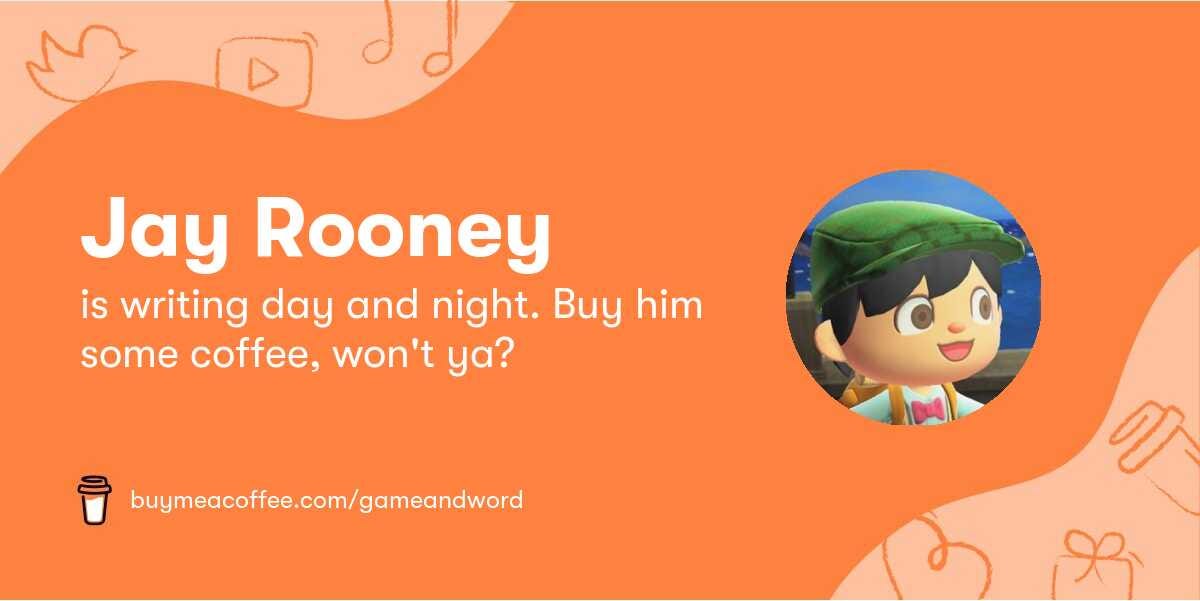Issue 3.2: More Masks We Wear
An Armchair Symbolic and Psychological Analysis of Majora's Masks
Hello! If you enjoy Game & Word, please hit the “heart” button at the very top or very bottom of this post, or on the bottom-left corner of the Substack app. It helps more people find Game & Word, which helps us survive and grow!
NOTE: Gmail users, you might see a truncated version of this message. If this happens to you, just click the “View entire message” link next to where it says “[Message clipped]” to read the rest.
Masthead
Publisher: Jay Rooney
Author, Graphics, Research: Jay Rooney
Logo: Jarnest Media
Founding Members:
Le_Takas, from Luzern, Switzerland (Member since April 14, 2022)
Ela F., from San Diego, CA (Member since April 24, 2022)
Special Thanks:
Chris Brandrick of Switch Weekly for letting me directly pitch Game & Word to his audience!
YOU, for reading this issue.
Table of Contents (Vol. 3, Issue 2: Sunday, May 8, 2022)
Summary & Housekeeping
Feature: “More Masks We Wear” (~28 minute read)
Food for Talk: Discussion Prompts
Further Reading
Game & Word-of-Mouth
Footnotes
Summary:
Today, we’ll undertake a fun activity where we try to interpret and analyze the symbolism behind all the wearable masks Link can collect in Majora’s Mask.
Housekeeping:
Remember, we’ve still got two more weeks until we select the two winners of our book giveaway! Keep sharing the word!
Previous Issues:
Volume 1 (The Name of the Game): Issue 1 ● Issue 2 ● Issue 3 ● Issue 4
Volume 2 (Yo Ho Ho, It’s a Gamer’s Life for Me): Issue 1 ● Issue 2 ● Issue 3 ● Bonus 1 ● Issue 4 ● Issue 5 ● Issue 6 ● Issue 7 ● Bonus 2 ● Issue 8 ● Bonus 3
Or, you could help offset my caffeine costs by chipping in for the price of a cup of joe:
Feature: More Masks We Wear
🚨🚨🚨 SPOILER ALERT 🚨🚨🚨
This post contains spoilers for The Legend of Zelda: Majora’s Mask. You've been warned!
⚠️⚠️⚠️ CONTENT WARNING ⚠️⚠️⚠️
This article contains discussions of death and mentions of mental illness, as well as borderline (N)SFW topics. Reader discretion advised.
My, you’ve picked up quite a few masks since we first arrived in Termina, haven’t you? Not that I’m surprised, and I’m certainly not casting judgments. After all, mask-wearing is a universal human behavior; it transcends cultural and temporal barriers. And we do it for the same reason: to be someone (or something) else for a little while, until we remove the mask.
Therefore, our choice of masks must say something about us, right?
The short answer is: yes, but the “what” changes with each person. The same mask might appeal to two different people for two different reasons, but either way, the mask serves as a breadcrumb—it can clue us in to the mask wearer’s subconscious.
This is why I want to spend a little more time on masks before we plunge into the unconscious part of our psyches. The deeper into the mind we go, the more symbolic and archetypal imagery we’ll encounter. Therefore, “mask interpretation,” much like dream interpretation, can be good practice for aspiring psychonauts like yourselves.
So, let’s have a closer look at those masks, shall we?
The Table of Masks
Because we at Game & Word want to make this journey as easy and enjoyable as possible, we’ve taken the time to create the following table of Majora’s Mask’s 24 wearable masks for this activity:

There are two types of masks in this game: transformative masks (those in the “T” column), and collectible masks (everything else). I’m going to conduct a completely amateur, armchair, and non-scientific analysis of each mask’s symbology, and what your preference for each mask might reveal about your personality.1
So, go ahead and pick your favorite mask, read its entry, then drop a comment with the mask you picked, and whether or not you agree with my assessment (and why/why not).






